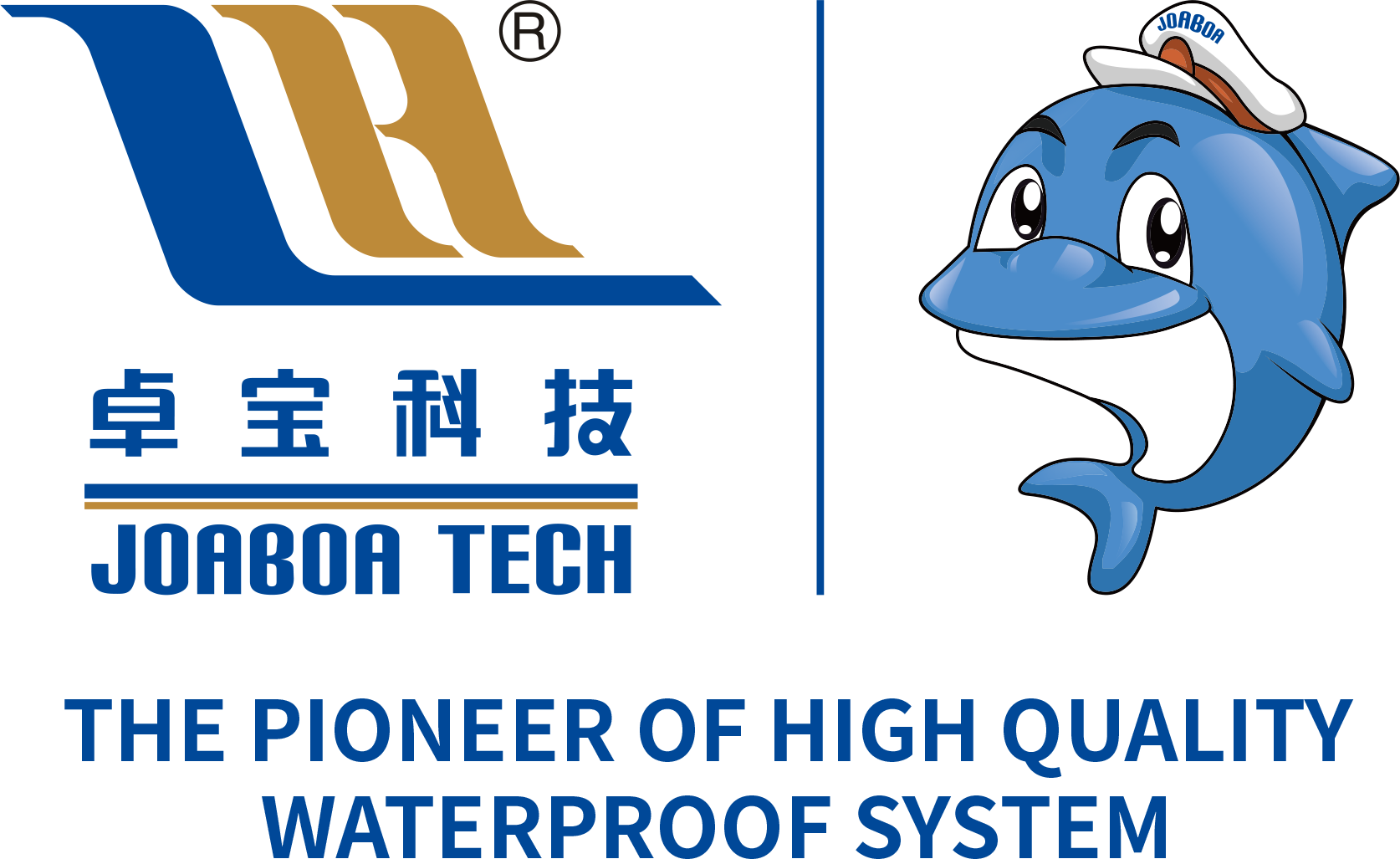Understanding Modified Bitumen Waterproofing Membranes: A Comprehensive Guide
2025-06-18 11:20
Modified bitumen waterproofing membranes are a popular choice in the construction and roofing sectors due to their durability, flexibility, and ease of application. These membranes are composed of asphalt that has been modified with polymers, which enhance their performance compared to traditional asphalt. The modifications provide improved tensile strength, flexibility, and resistance to temperature fluctuations, making them suitable for a variety of environmental conditions.
One of the key advantages of modified bitumen membranes is their versatility. They can be applied in both hot and cold weather, adapting to different climatic conditions and surfaces. This adaptability allows them to be used in various applications, including residential, commercial, and industrial roofing systems. Furthermore, these membranes are available in different formats, such as self-adhesive and torch-applied, providing installers with options that best suit their project requirements.
Another significant benefit of modified bitumen waterproofing membranes is their excellent waterproofing capabilities. The polymer modification enhances the membrane's impermeability, ensuring that water does not penetrate through to the underlying structures. This quality is vital for protecting buildings from water damage, mold growth, and structural deterioration, ultimately extending the lifespan of the roofing system.
In addition to their waterproofing properties, modified bitumen membranes are resistant to UV radiation and environmental stressors. This resistance helps to prevent degradation over time, ensuring that the membranes maintain their performance and appearance for many years. The reflective surfaces of some modified bitumen membranes can also contribute to energy efficiency by reducing heat absorption, which can further lower cooling costs in buildings.
Installation of modified bitumen membranes requires careful attention to detail to achieve optimal performance. It is essential to ensure that the surface is clean, dry, and properly prepared before application. Professional installation is recommended to prevent potential issues, such as improper sealing or overlaps, which can compromise the membrane's efficacy.
Maintenance of modified bitumen waterproofing systems is relatively straightforward. Regular inspections can help identify any potential issues early on, while routine cleaning can prevent debris accumulation that might affect the membrane's performance.
In conclusion, modified bitumen waterproofing membranes offer a reliable and effective solution for a wide range of waterproofing needs. Their unique properties, versatility, and long-lasting performance make them a preferred choice for many professionals in the field. By understanding the benefits and proper application of these membranes, you can make informed decisions to protect your structures and enhance their longevity.
One of the key advantages of modified bitumen membranes is their versatility. They can be applied in both hot and cold weather, adapting to different climatic conditions and surfaces. This adaptability allows them to be used in various applications, including residential, commercial, and industrial roofing systems. Furthermore, these membranes are available in different formats, such as self-adhesive and torch-applied, providing installers with options that best suit their project requirements.
Another significant benefit of modified bitumen waterproofing membranes is their excellent waterproofing capabilities. The polymer modification enhances the membrane's impermeability, ensuring that water does not penetrate through to the underlying structures. This quality is vital for protecting buildings from water damage, mold growth, and structural deterioration, ultimately extending the lifespan of the roofing system.
In addition to their waterproofing properties, modified bitumen membranes are resistant to UV radiation and environmental stressors. This resistance helps to prevent degradation over time, ensuring that the membranes maintain their performance and appearance for many years. The reflective surfaces of some modified bitumen membranes can also contribute to energy efficiency by reducing heat absorption, which can further lower cooling costs in buildings.
Installation of modified bitumen membranes requires careful attention to detail to achieve optimal performance. It is essential to ensure that the surface is clean, dry, and properly prepared before application. Professional installation is recommended to prevent potential issues, such as improper sealing or overlaps, which can compromise the membrane's efficacy.
Maintenance of modified bitumen waterproofing systems is relatively straightforward. Regular inspections can help identify any potential issues early on, while routine cleaning can prevent debris accumulation that might affect the membrane's performance.
In conclusion, modified bitumen waterproofing membranes offer a reliable and effective solution for a wide range of waterproofing needs. Their unique properties, versatility, and long-lasting performance make them a preferred choice for many professionals in the field. By understanding the benefits and proper application of these membranes, you can make informed decisions to protect your structures and enhance their longevity.
Related News









